The Future of Web Design: Trends to Watch in 2025
Web design has evolved dramatically over the past decade, moving far beyond static pages into dynamic, immersive experiences that shape the way users interact with brands online. As we step into 2025, the world of web design continues to merge creativity with technology, ensuring that websites are not only visually appealing but also fast, accessible, and user-centric. Businesses must stay ahead of the curve to maintain their competitive edge, and designers must anticipate the shifts shaping digital experiences.
In this article, we will explore the most significant web design trends to watch in 2025 and how they are set to redefine the future of the digital landscape.
1. AI-Powered Design and Personalization
Artificial intelligence is already revolutionizing how websites are designed and experienced. By 2025, AI will play a more prominent role in automating tasks like layout creation, content suggestions, and even color palette selection. More importantly, AI will enhance personalization by analyzing user behavior in real-time and delivering tailored experiences.
Imagine a website that reorganizes its homepage based on your browsing history or provides customized product recommendations that perfectly match your preferences. This level of personalization not only enhances user satisfaction but also drives conversions significantly.
2. Voice-Enabled Interfaces
The rise of smart speakers and voice assistants has normalized voice-based interactions, and in 2025, websites will integrate voice-enabled interfaces more extensively. Voice search optimization will become a standard part of web design, allowing users to interact with websites hands-free.
From browsing product catalogs to filling out forms, voice commands will enhance accessibility and make online experiences faster and more intuitive. Businesses that invest in this trend will cater to the growing demand for convenience, especially among mobile users.
3. Immersive 3D and AR Experiences
Augmented reality (AR) and 3D visuals are transforming how consumers interact with products online. In 2025, web design will focus heavily on immersive experiences that allow users to “try before they buy.”
For instance, furniture retailers can let customers visualize how a sofa would look in their living room, or fashion brands can provide virtual fitting rooms. With improved web technologies, these features will load faster and seamlessly across devices, providing an engaging experience that reduces purchase hesitation.
4. Dark Mode as a Standard Option
Dark mode has been steadily gaining popularity, and by 2025, it will become a standard design feature across all websites. Users are increasingly drawn to dark themes for their sleek look, reduced eye strain, and energy-saving benefits on OLED screens.
Designers will need to ensure that websites are not only visually consistent in both light and dark modes but also prioritize readability, contrast, and accessibility. Offering users the ability to switch seamlessly between modes will become the norm.
5. Focus on Accessibility and Inclusivity
Accessibility is no longer optional—it is a necessity. As regulations tighten and user expectations grow, 2025 will demand websites that are accessible to people of all abilities. Web Content Accessibility Guidelines (WCAG) will continue to shape design choices, pushing for features such as screen reader compatibility, keyboard navigation, and high-contrast visuals.
Inclusive design will extend beyond accessibility, ensuring cultural sensitivity, language adaptability, and diverse representation. Businesses that embrace inclusivity will not only comply with legal standards but also expand their reach to a wider audience.
6. Micro-Interactions for Engagement
Micro-interactions—subtle animations or responses to user actions—will dominate web design in 2025. These small details, like a button changing color when hovered over or an icon animating when clicked, create a sense of delight and make websites feel more interactive.
When done well, micro-interactions guide users through tasks, provide instant feedback, and elevate overall engagement. Designers will focus on creating experiences that feel intuitive and enjoyable rather than overwhelming.
7. Sustainable Web Design
Sustainability is a growing global concern, and the digital space is no exception. Websites consume energy every time they load, and with billions of users online daily, the environmental impact is significant. In 2025, sustainable web design will be at the forefront, emphasizing lightweight websites that load faster and consume less energy.
This includes optimizing images, reducing unnecessary scripts, and choosing green hosting providers. A sustainable design approach not only benefits the environment but also improves performance, delivering a win-win for businesses and users alike.
8. Minimalism with a Creative Twist
Minimalist web design has long been favored for its clean, user-friendly appeal. In 2025, minimalism will evolve by blending simplicity with bold creativity. Designers will use striking typography, asymmetrical layouts, and vibrant colors to make minimalist designs stand out without cluttering the page.
This approach ensures websites remain easy to navigate while still capturing attention with unique and memorable visual elements. Brands that master this balance will effectively communicate professionalism and creativity.
9. Hyper-Personalized eCommerce Experiences
ECommerce will continue to drive innovation in web design. By 2025, shoppers will expect highly personalized experiences at every step of their journey. Websites will leverage AI, predictive analytics, and data insights to deliver customized product suggestions, tailored landing pages, and even personalized pricing strategies.
The integration of AR fitting rooms, virtual product demos, and real-time customer support through chatbots will further elevate the eCommerce experience. Businesses that adopt these innovations will build stronger customer loyalty and boost conversion rates.
10. Faster Load Times with Advanced Technology
Speed has always been critical, but in 2025, instant loading will become a baseline expectation. Technologies like Progressive Web Apps (PWAs), advanced caching techniques, and lightweight frameworks will be widely adopted to ensure websites load in under two seconds.
Google’s Core Web Vitals will continue to influence SEO rankings, making fast, seamless performance a must. Designers and developers will need to collaborate closely to prioritize speed without compromising on functionality or aesthetics.
11. The Rise of No-Code and Low-Code Platforms
No-code and low-code platforms are empowering non-technical users to build professional websites with minimal effort. By 2025, these tools will become even more advanced, offering AI-driven suggestions, built-in SEO optimization, and drag-and-drop design options.
While professional web designers will still play a crucial role in creating custom, complex websites, no-code platforms will democratize web design, enabling small businesses and individuals to create polished digital presences quickly.
Conclusion
The future of web design in 2025 is shaped by the fusion of technology, creativity, and user-centric strategies. From AI-driven personalization and immersive AR experiences to accessibility, sustainability, and lightning-fast performance, web design is evolving into a dynamic field where innovation is the key to success.
For businesses, keeping up with these trends is essential not just for staying relevant but for creating digital experiences that truly connect with users. Forward-thinking agencies like Kinex Media are already embracing these shifts, ensuring that their clients’ websites are future-ready and aligned with modern expectations.
As we move deeper into the digital age, one thing is clear: web design is no longer just about aesthetics—it is about crafting meaningful, accessible, and engaging experiences that stand the test of time.

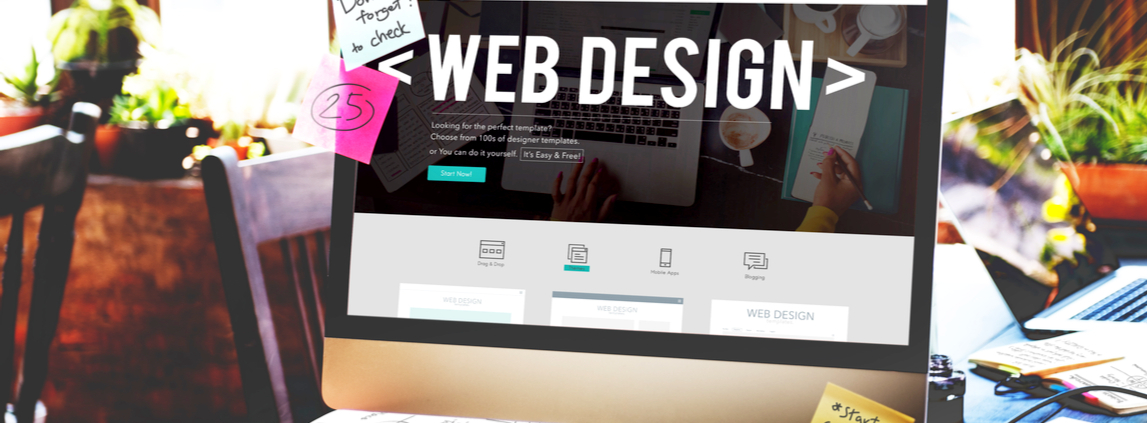
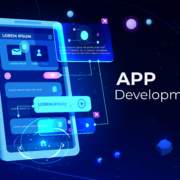
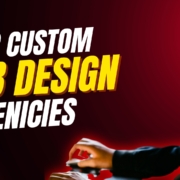

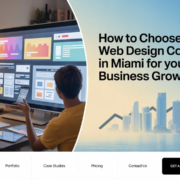


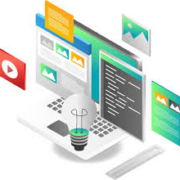


Leave a Reply
Want to join the discussion?Feel free to contribute!